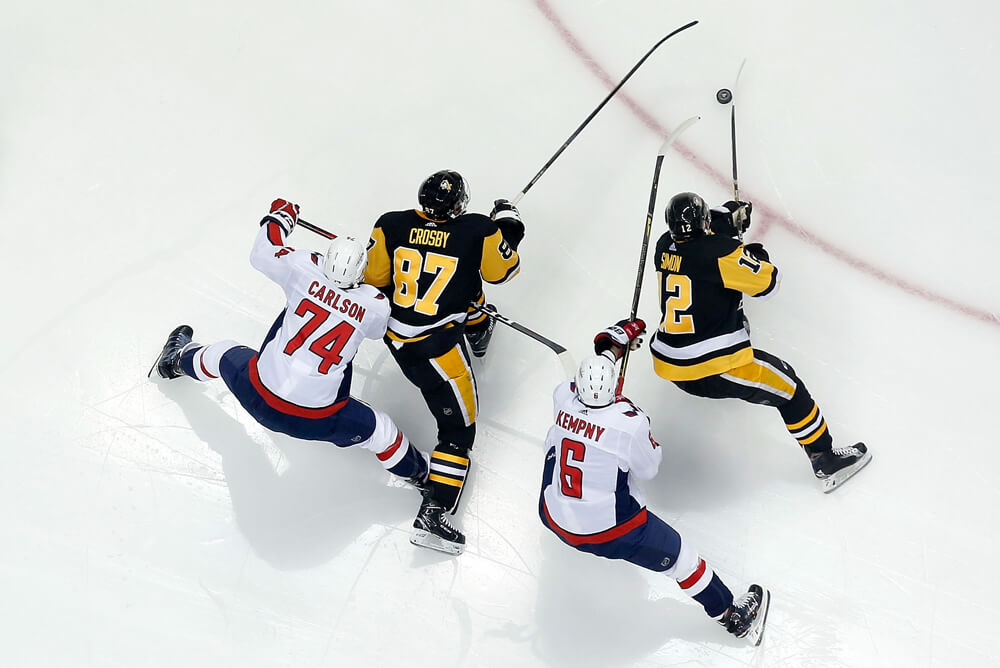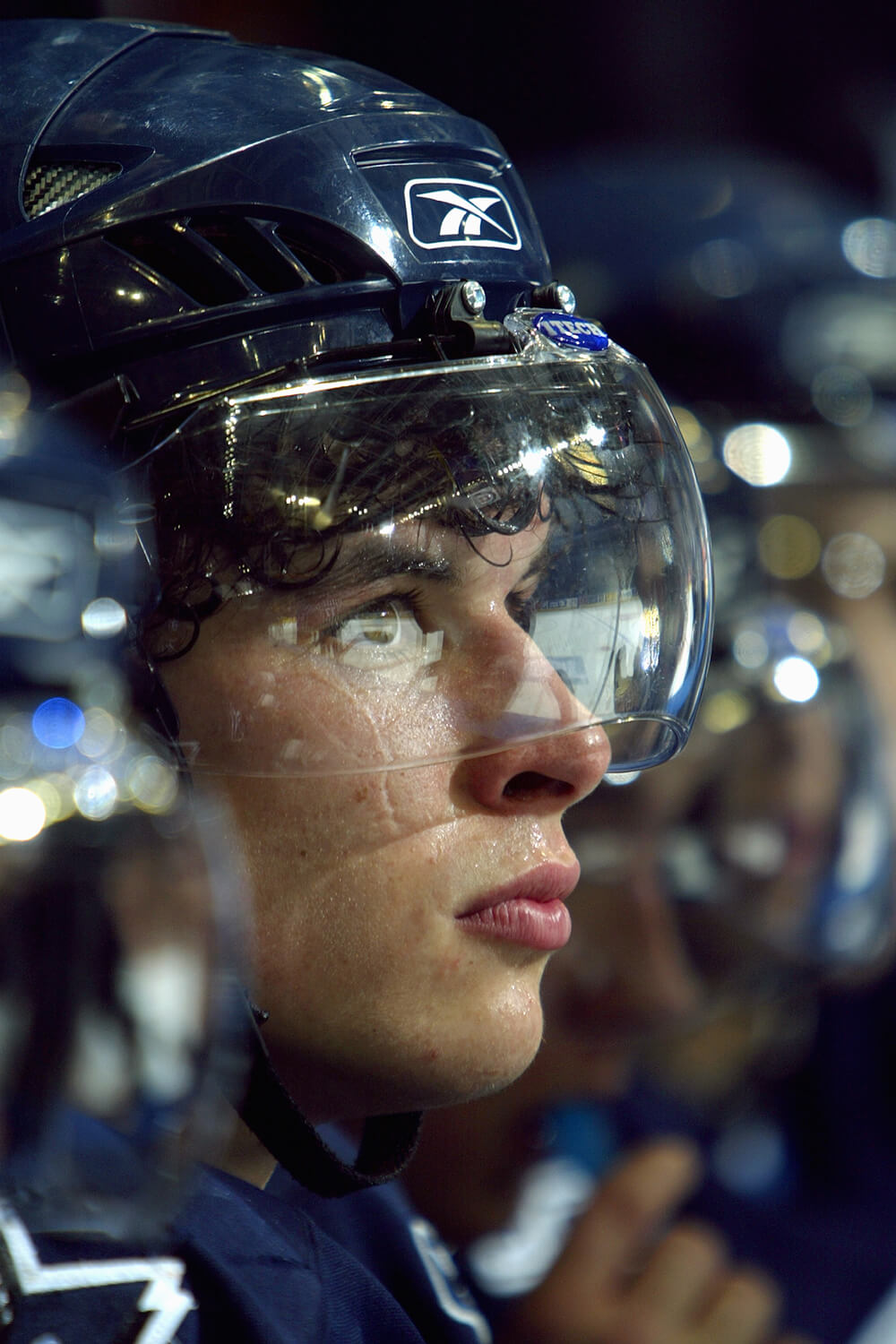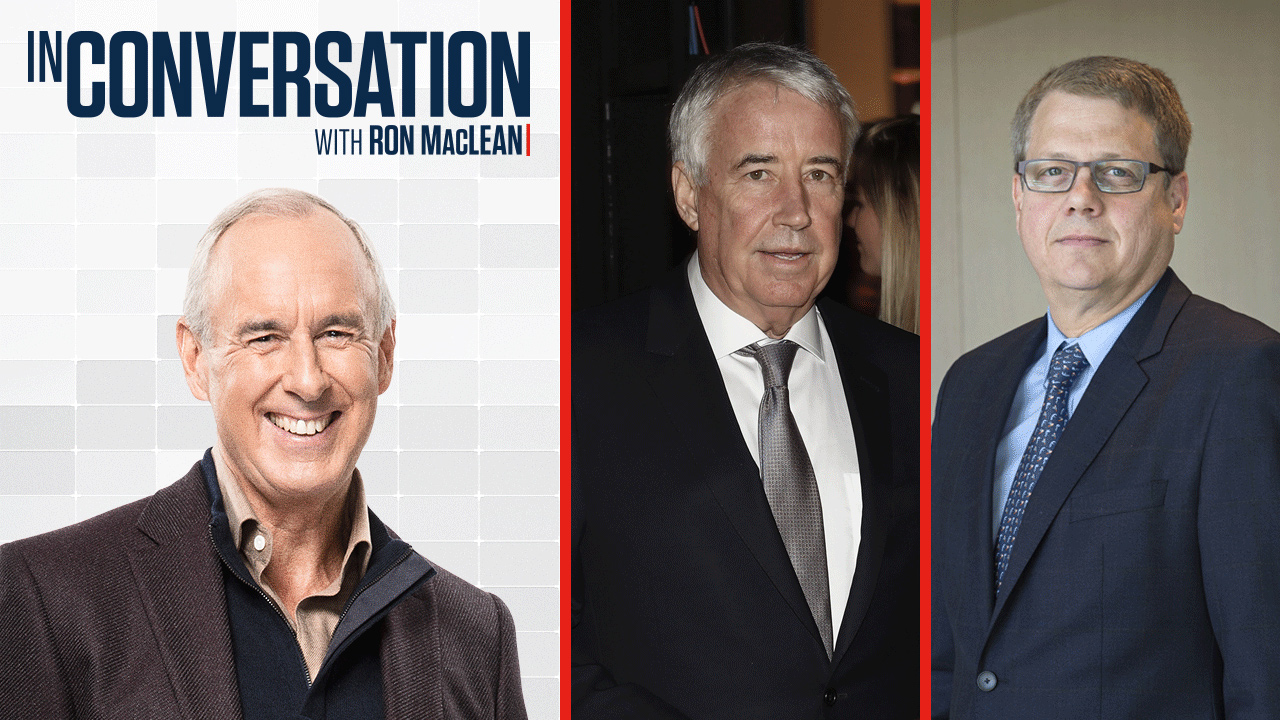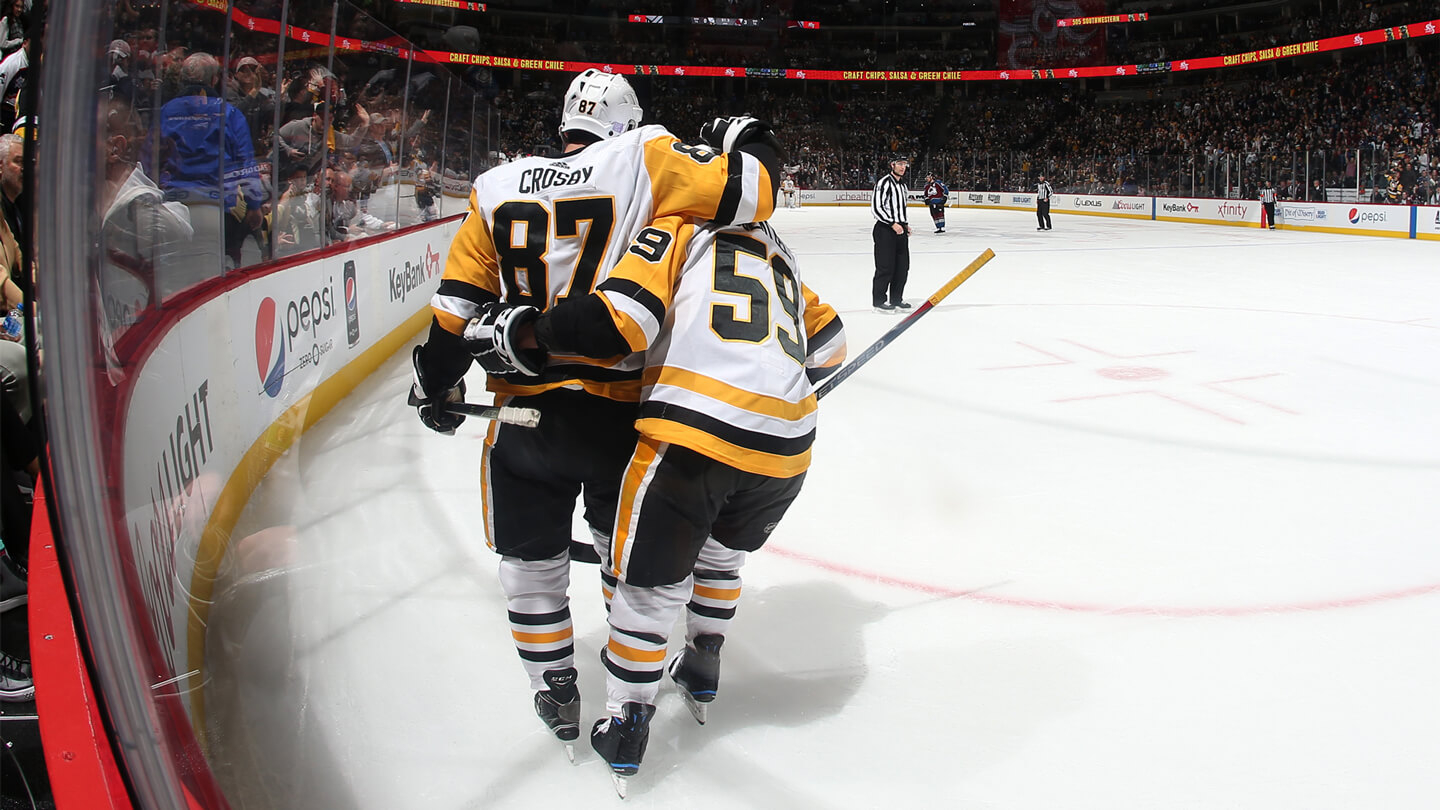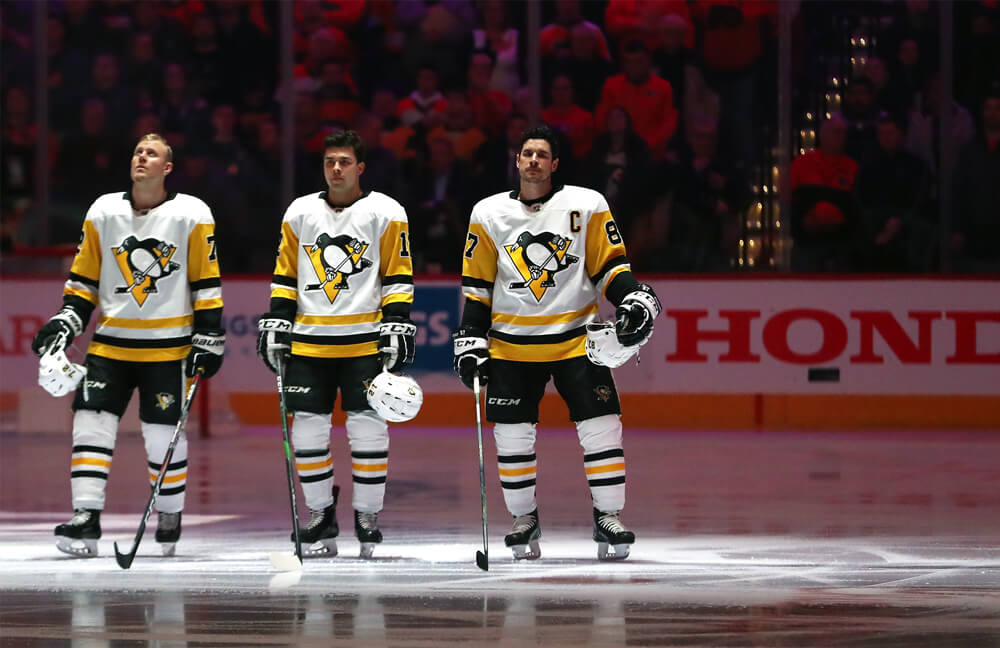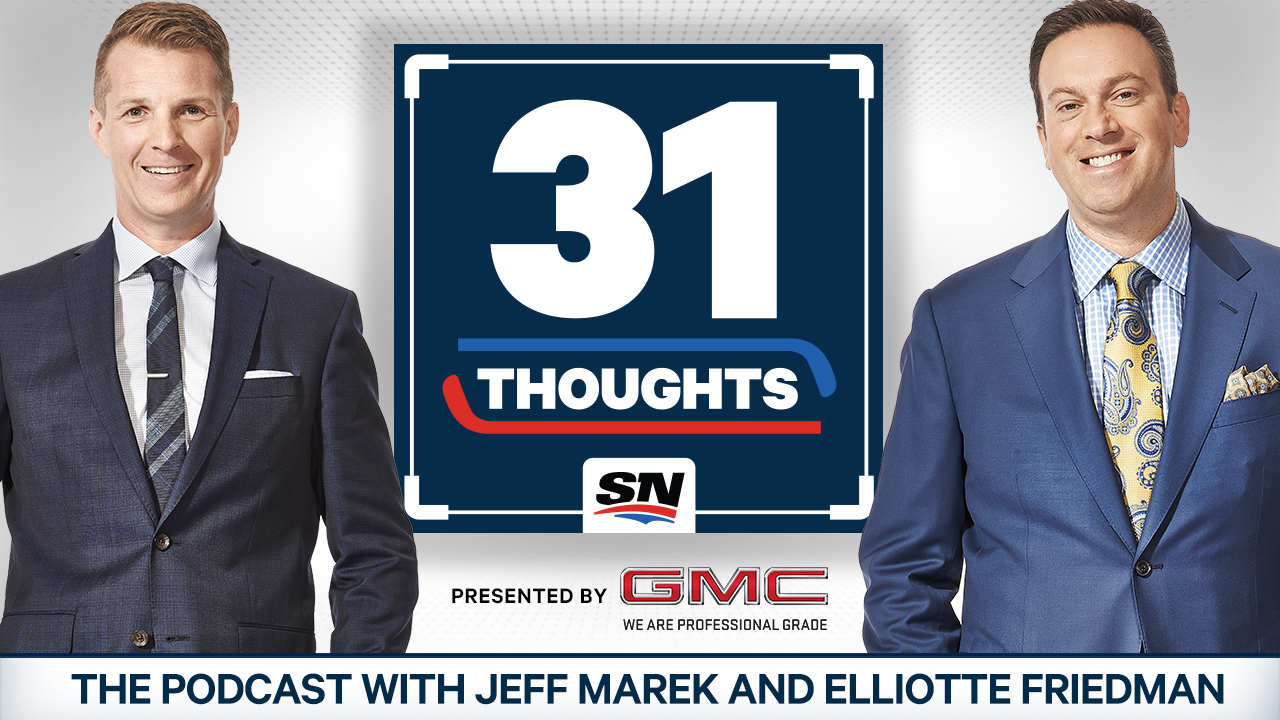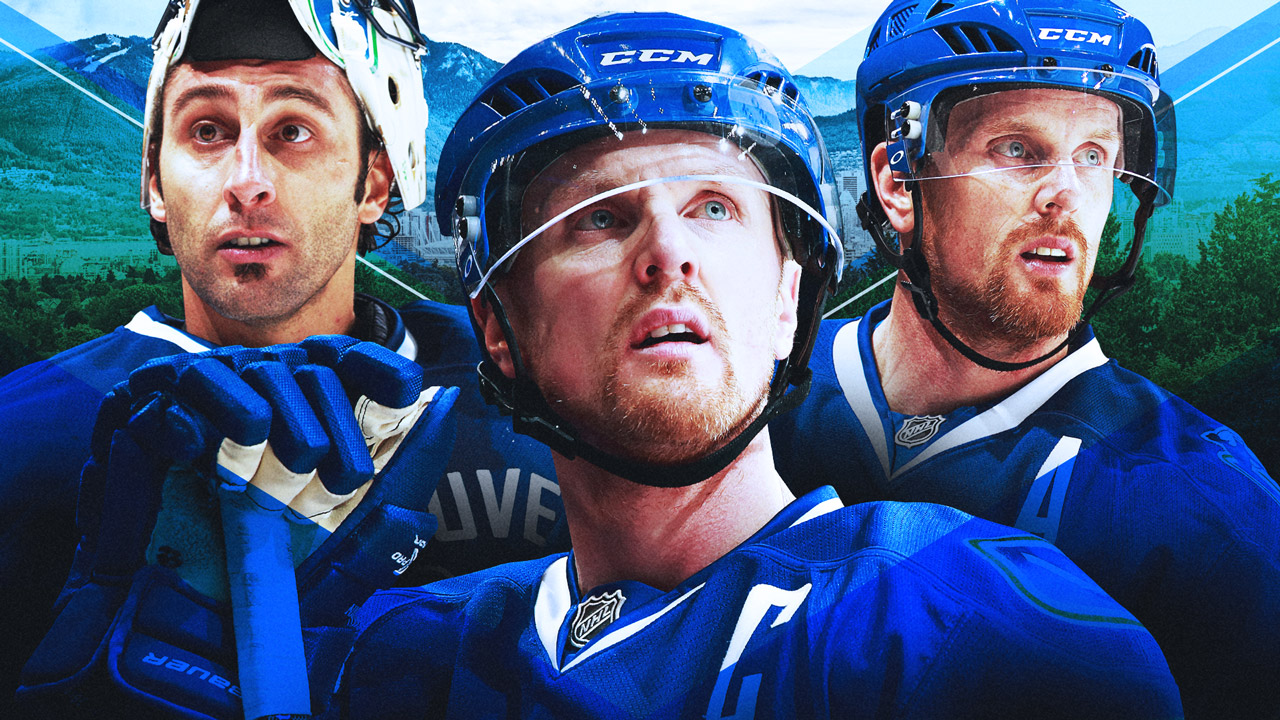NEILSON There were just plays that I would be a part of when I was playing on his line, and I’m just like, ‘How did he physically do that? How does he just know that?’ I’d come back to the bench and I’d just be mind-blown. There would be times where I’m just like, ‘Man, that’s incredible for a 16-year-old to be able to do that.’ And they weren’t just fluke plays — he would do them again and again and again. It was repetition. It was a pattern that he was able to figure out. He was just so much more advanced in the game.
GUENTZEL You have to stick to your own game — you can get starstruck when you’re playing with a player like that, and sometimes you’re over-trying to give him the puck.
ARMSTRONG You’re scared to go back to the minors, you’re scared to make a mistake playing with the best player, and still have expectations to play a certain way and be yourself and play your game. But then at the same time, you’re playing with a guy like Sidney Crosby who expects a certain calibre of play to happen — you’re making plays in tough situations and you have this mindset of ‘don’t screw up,’ so you chip it down instead of making that little 10-foot pass in a dangerous area to him. It was a little bit of an adjustment for me. I remember him pushing me to be that guy. So it was kind of like a push inside on my own head, it was the reins from the coach being pulled a little bit, and then it was also a little bit of encouragement from Sid, like, ‘Let’s go, you’re on the top line, you’ve gotta make these plays.’
HORNQVIST It’s easy to play next to him — he gives his wingers great opportunities to score and make plays. And maybe with that comes a little more pressure, too, because you get more pucks and you have to make plays back, but I just saw it as a big opportunity.
CHRIS KUNITZ (Penguins, 2009-17), speaking to Sportsnet 590 The Fan in 2014 You get the notoriety — you get to play the big minutes, to go out against a team. And any time you have chemistry with a player like that, he’s obviously going to bring you a long way.
ARMSTRONG I can tell you this, I got a lot of assists on a breakout just standing between the hashmarks and the blue line — a crisp pass to me, and just one-touching it to the middle with him following the play like a centreman usually does, coming underneath the puck, just laying it to him while guys come to me. The way he’d go one-on-three or one-on-four and split the D and score — I got a lot of assists in the first few years there with my hands over my head and I didn’t even get outside of my blue line, but he’s already scored [laughs].
RUST I don’t think I had a very good game the first game I was on his wing, I think I was minus-3 or minus-4 or something. But it was definitely a learning experience. At the end of the day, you’re still playing hockey and you’re still doing the things that make you successful. You’re just playing with the best player in the world.



